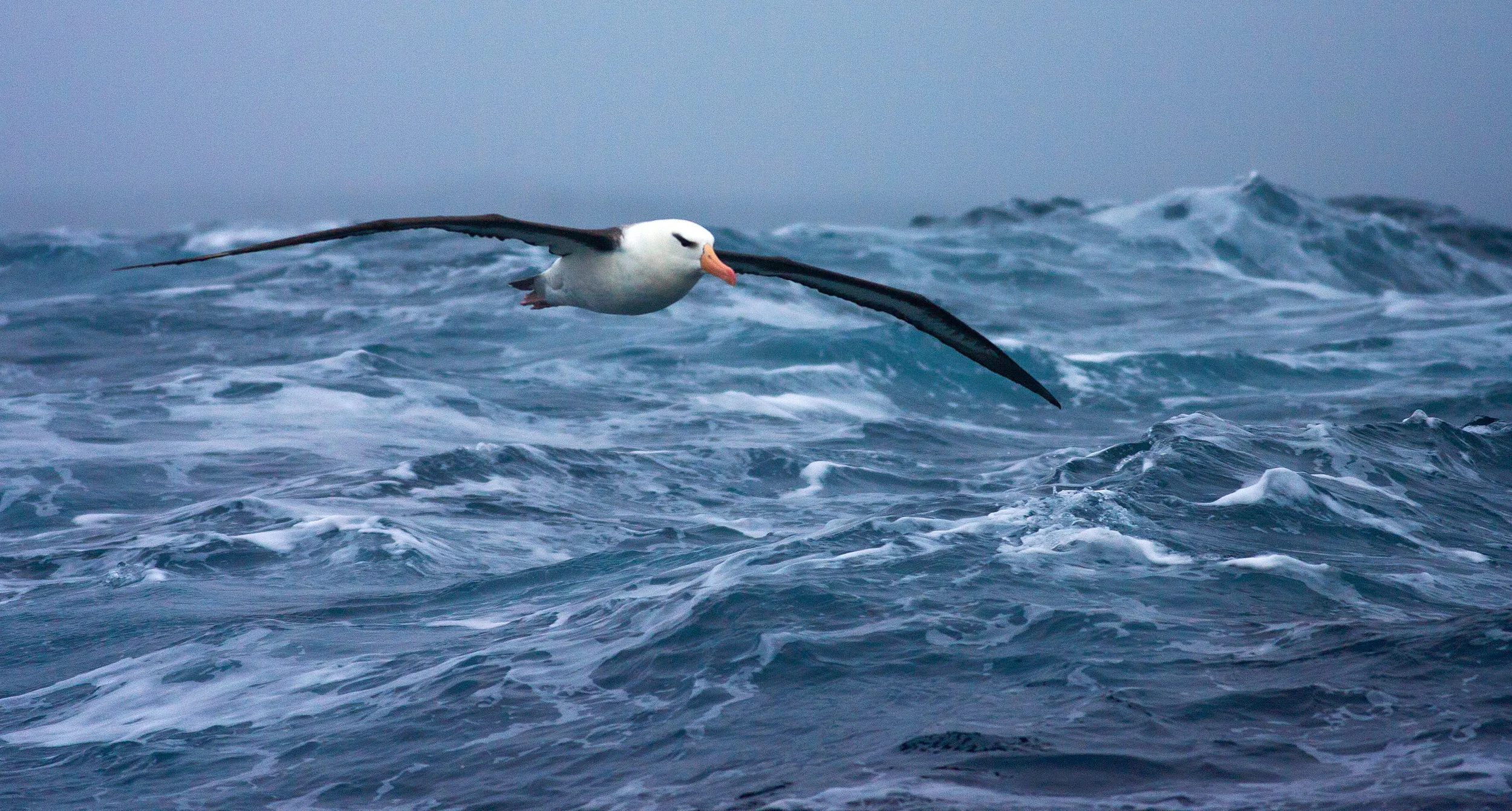Saving seabirds globally
The RSPB is on a global mission to save seabirds, the world’s most threatened group of birds. Many, particularly albatrosses and petrels, have suffered huge population declines with some species close to extinction.

On this page
A global team effort
Seabirds have huge foraging ranges that span entire oceans. To halt population declines we need action on a global scale.
The RSPB hosts the Birdlife International Marine Programme which works internationally to protect important sites for seabirds and put a stop to bycatch in fisheries.
The BirdLife International Marine Programme
The BirdLife International Marine Programme was created to protect and conserve seabirds internationally. It does this by positively influencing international policy and actioning practical solutions at a local level. An example of this is the Save the Albatross Campaign which is tackling the huge numbers of seabirds killed accidentally in longline and trawl fisheries.
-chick-with-adult-on-cliff.jpg)
Shaping policy to protect oceans
Global BirdLife partners have worked to identify areas that are crucial for seabird survival, known as Marine Important Bird and Biodiversity Areas. There are now more than 3,000 of these sites identified, with each being logged in a global e-atlas.

Tracking ocean wanderers
The BirdLife International Seabird Tracking Database is the largest collection of seabird tracking data in the world. This collation of global data is a vital resource which is helping to further seabird conservation work by mapping the overlap between seabirds and fisheries. This helps to target conservation efforts where they are most needed.
Find Out More.
